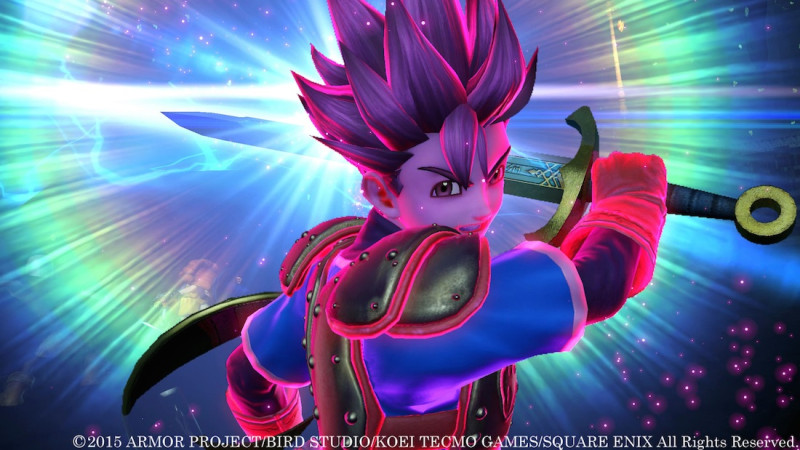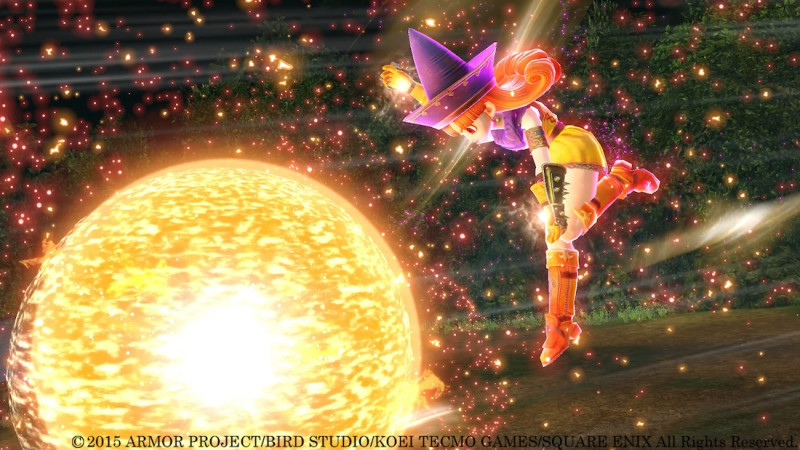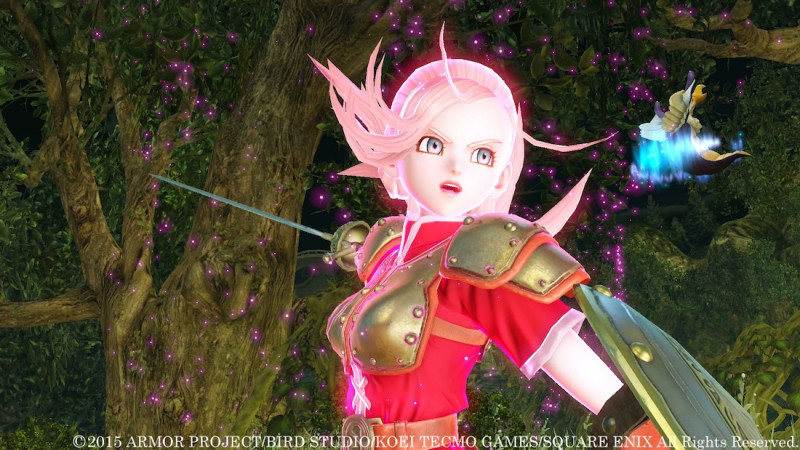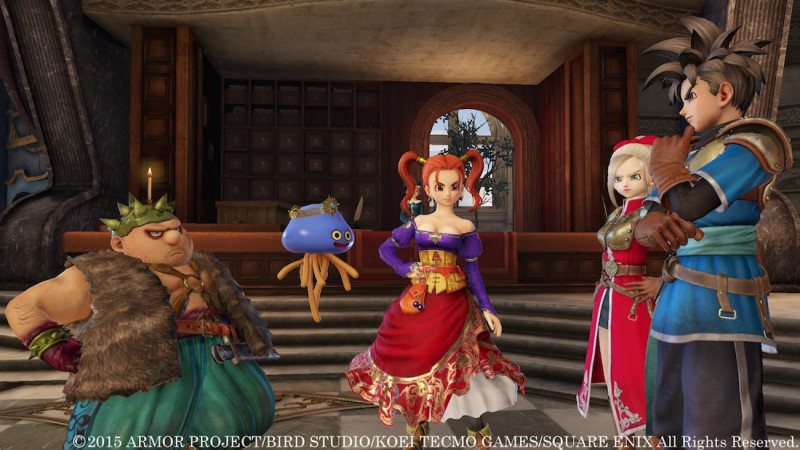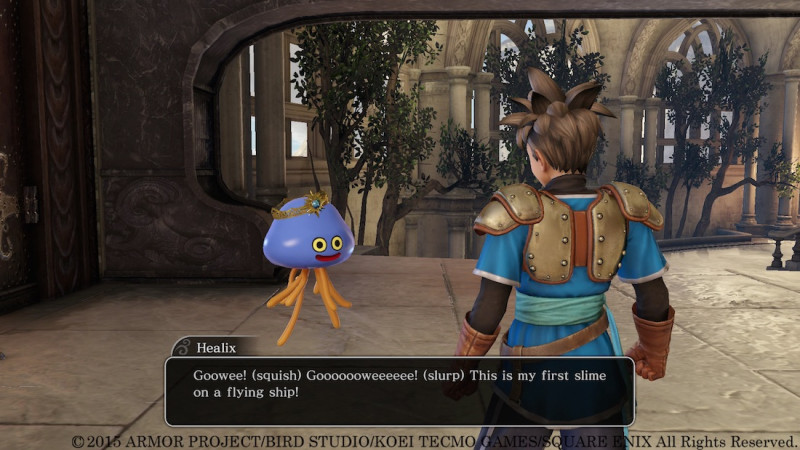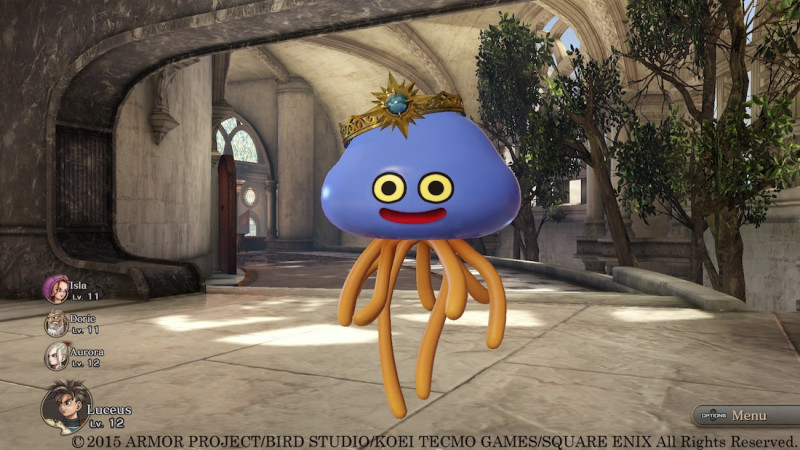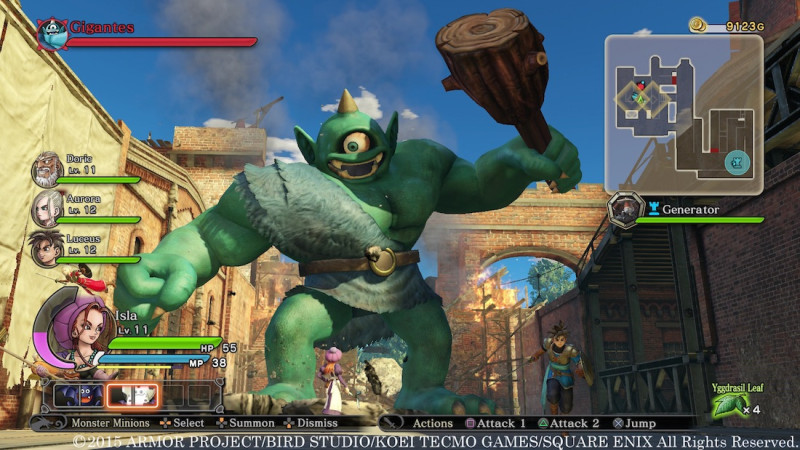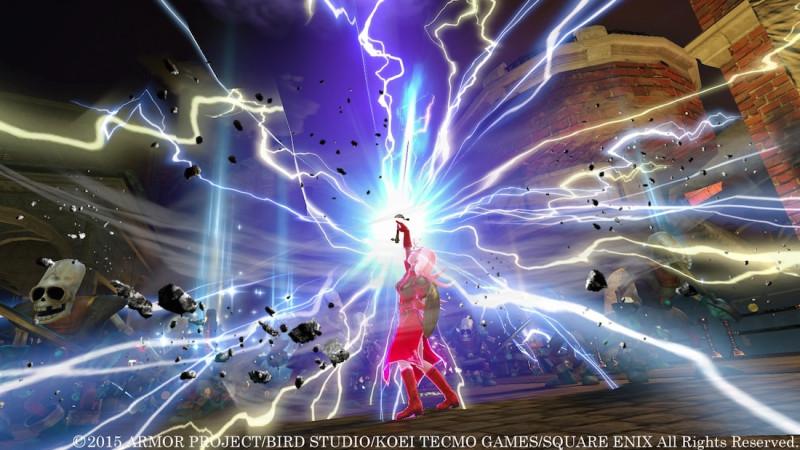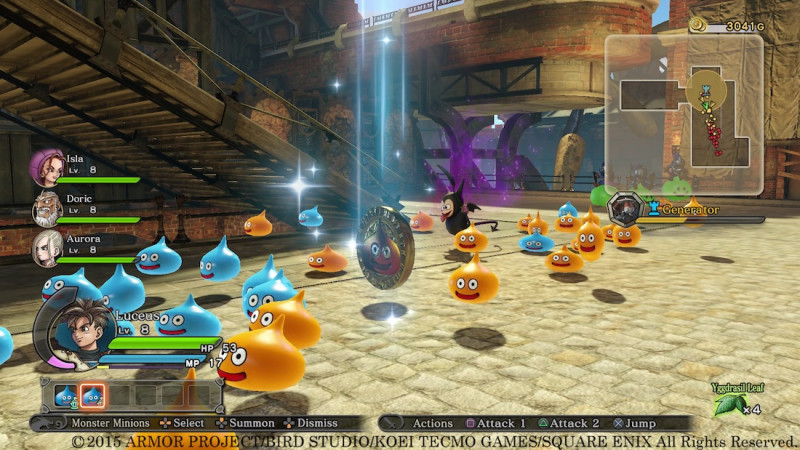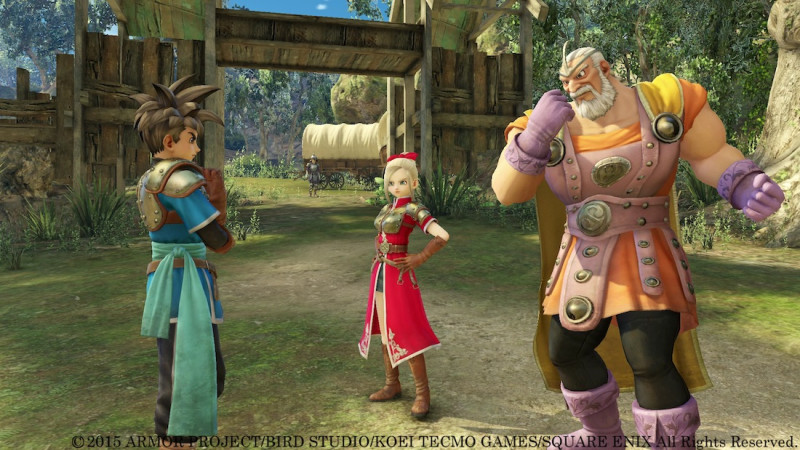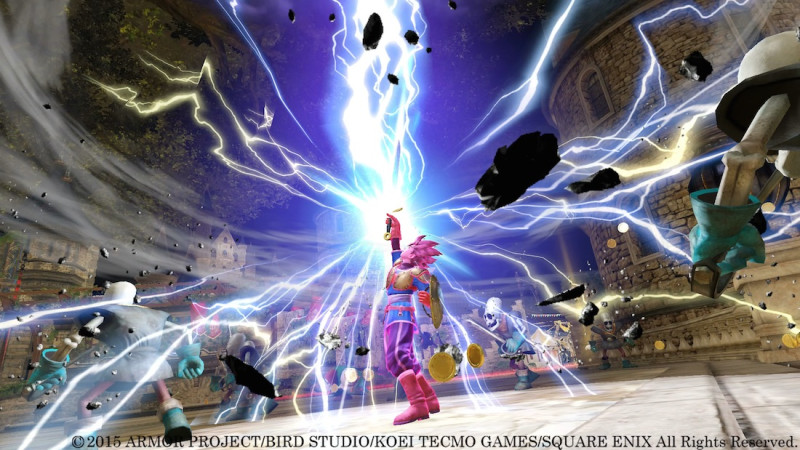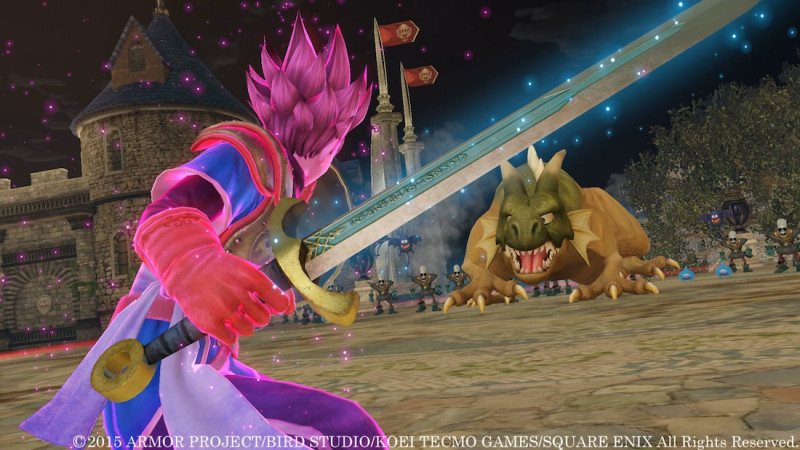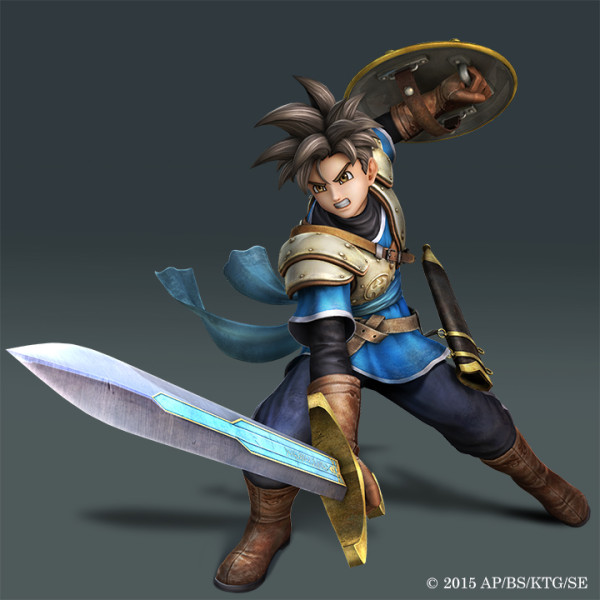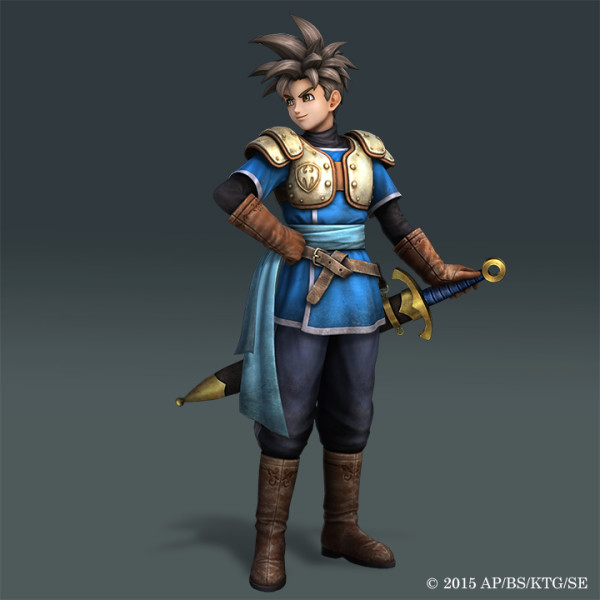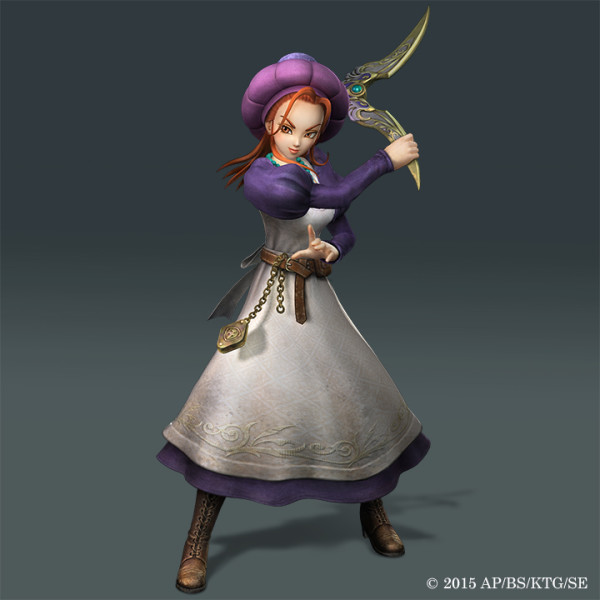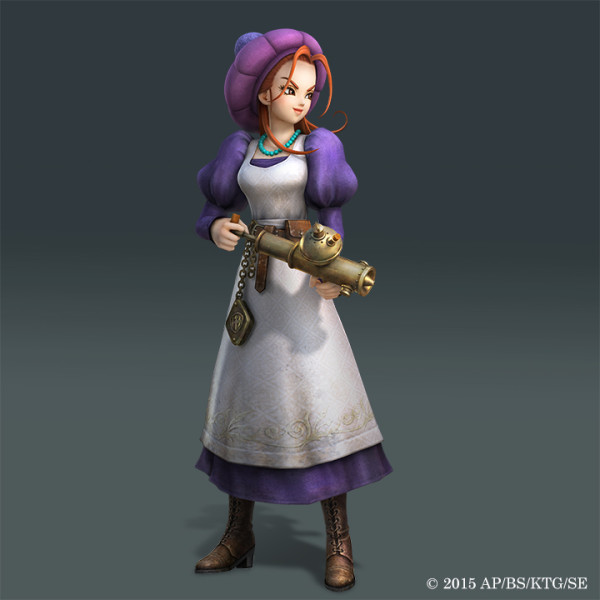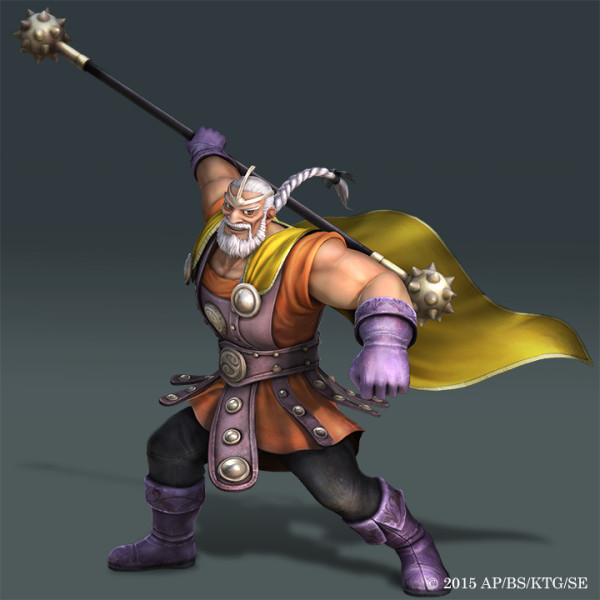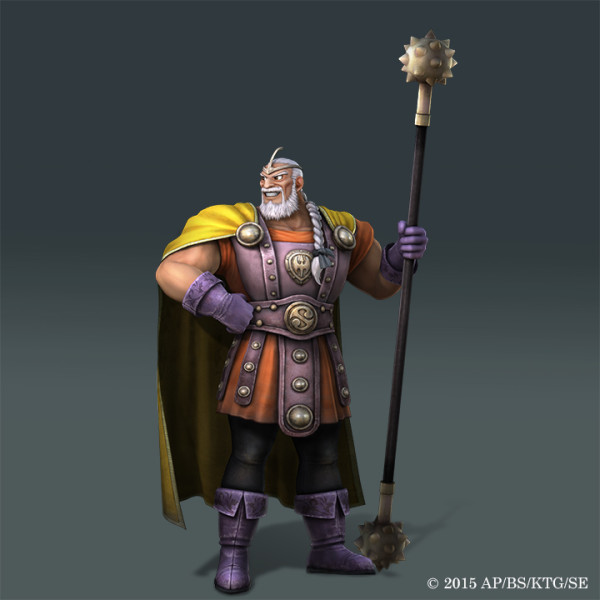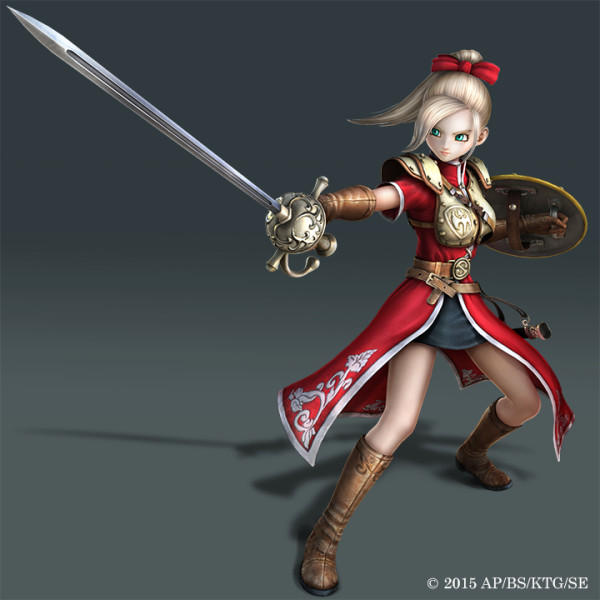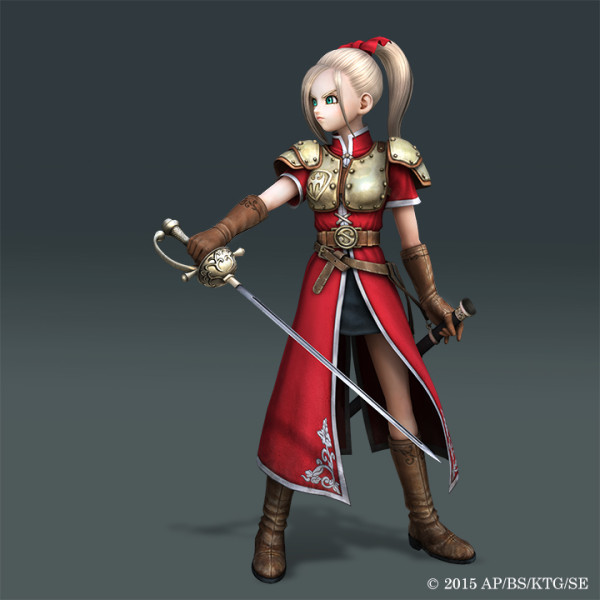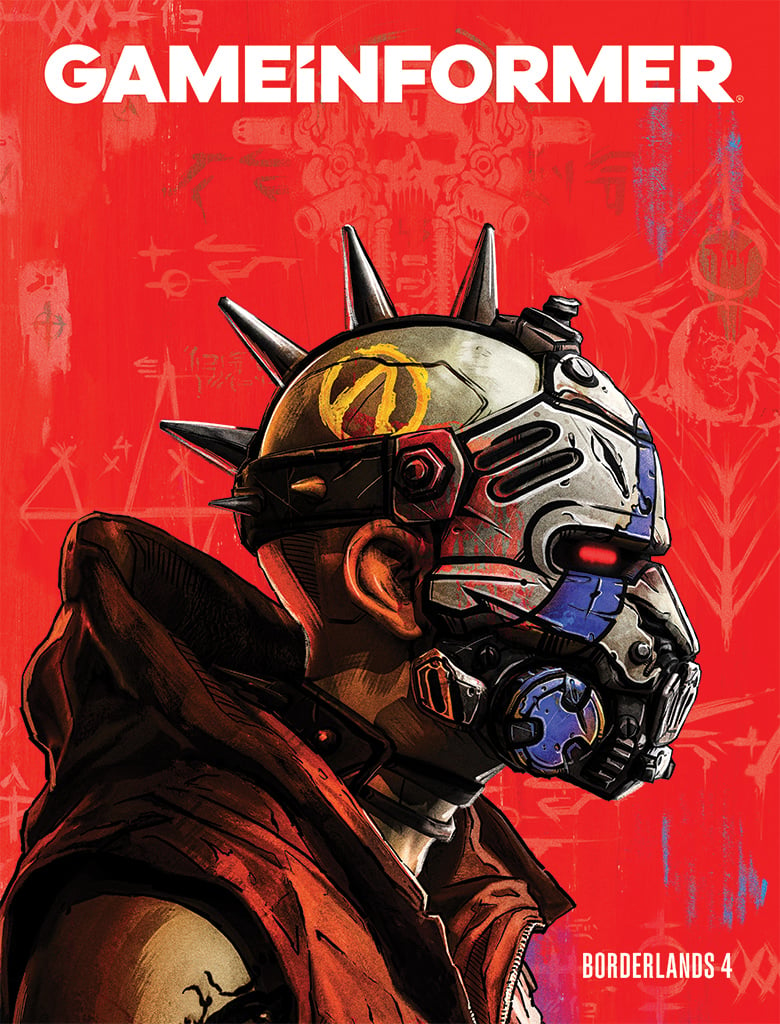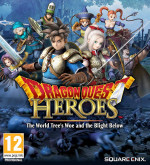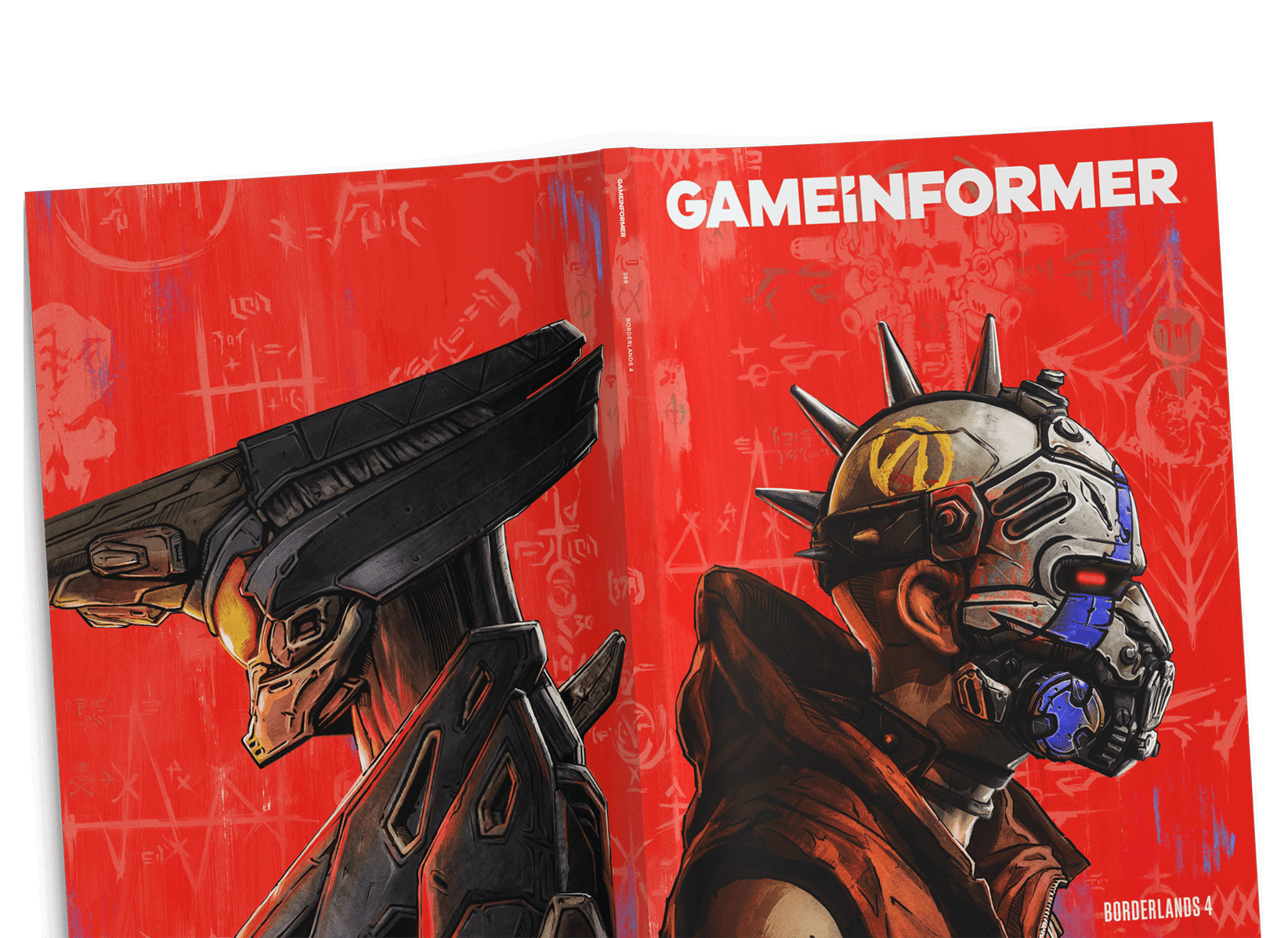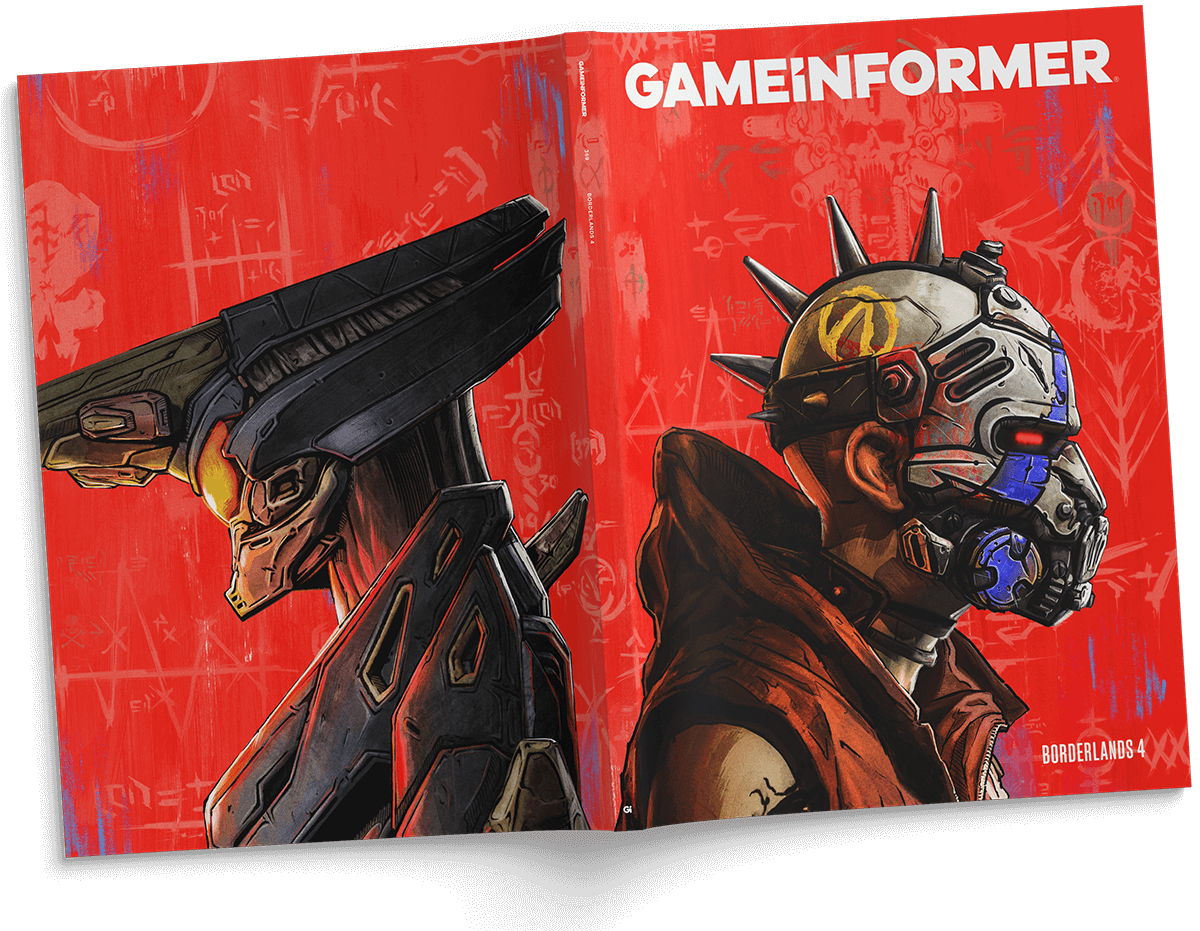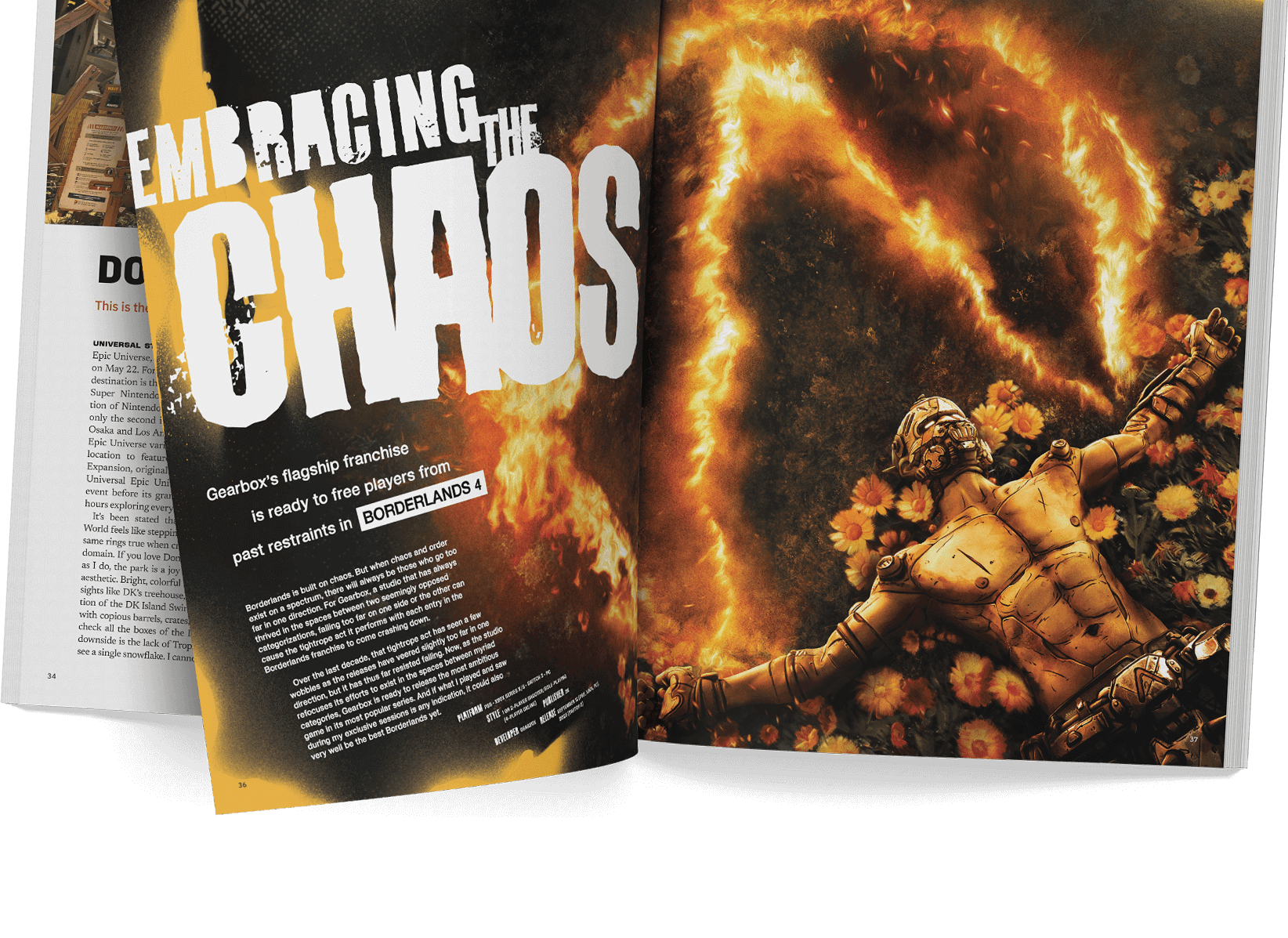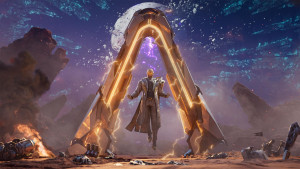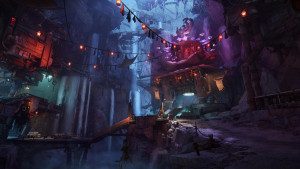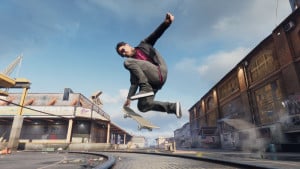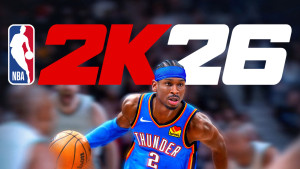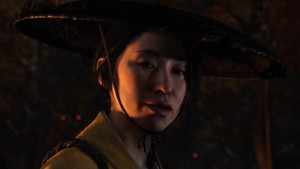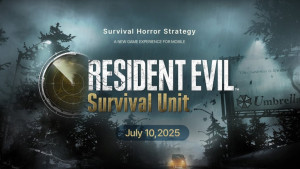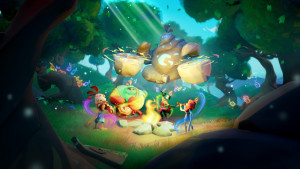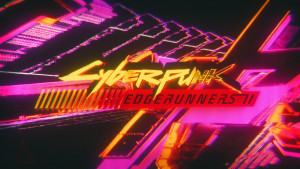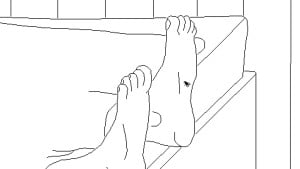Be the first to get Game Informer’s August Issue. Subscribe Now
Dragon Quest Heroes: The World Tree's Woe and the Blight Below Review
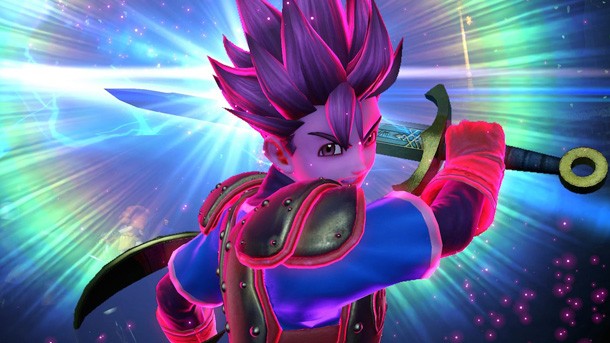
With games like Hyrule Warriors and Dragon Quest Heroes, developer Omega Force is moving further and further away from the Romance of the Three Kingdoms historical novels that have inspired its Dynasty Warriors games for the last 18 years. If Dragon Quest Heroes is any indication, this is absolutely the right direction for the studio.
Dynasty Warriors, and consequently Dragon Quest Heroes, falls under the musou genre of games, which typically pits the player against a large army of opponents. The button-mashing required to keep waves of foes at bay means that the genre often falls prey to repetition. That’s still an issue in Dragon Quest Heroes, but this crossover has a more interesting and enticing world, plus worthwhile incentives to keep playing.
Dragon Quest Heroes borrows much of its cast of characters from assorted entries in the franchise. Guest characters have inadvertently hopped dimensions, bringing their personalities, but little narrative baggage. Dragon Quest IV's Alena and Dragon Quest VIII's Yangus appear, for example, but seem to have no interest in getting home or discussing their past or future. Playing around with these familiar faces in your party is interesting, and they have distinct abilities and play styles. The majority of the cast is borrowed characters, and it is possible to fill your party exclusively with those you recognize from previous games, but the four main characters on which the story is focused are brand new. Every core Dragon Quest game starts with a new cast, but I was surprised to see so much emphasis on unfamiliar characters when Omega Force’s last licensed mash-up, Hyrule Warriors, revolved around characters we recognized from previous Zelda games.
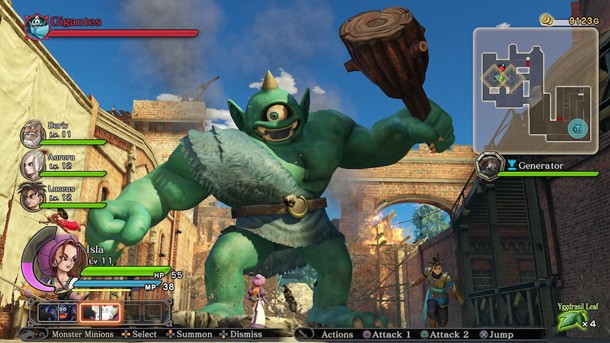
Core combat is straightforward: Use your main attack and combos to clear out waves of enemies, periodically building up to a super-attack. You and three other party members participate in each battle and it’s easy to jump between the characters at any time mid-combat. This gives you a chance to try out everybody without leaving behind whoever you designate as your favorite. Dragon Quest Heroes smartly eschews large open fields in favor of compact levels composed of hallways. Sprinting across the map is rarely necessary, letting you focus on the fight in front of you and use its Monster Medals mechanic in a strategic way.
Strategic is a word I do not use when it comes to describing this style of bombastic action game, but I found some battles unbeatable without the aid of my monster allies. As you defeat enemies, you pick up medals that are used to summon the fallen monsters to fight for your team. With the smart hallway level design, I found myself sending collections of slimes down one corridor while personally blocking the flow of enemies from another direction. I enjoyed the opportunity to control a small army of Dragon Quest’s iconic monsters amidst the chaos of battle. I also appreciated that I couldn’t blast through levels by simply jamming the attack button, unleashing an ultimate attack, and then repeating the process.
Between levels, you retreat to your airship, the Stonecloud. You talk with your crew, buy new equipment, and take care of other tasks before heading into the fray again. Having a safe haven to prepare for each battle is nice, and it is where I felt that RPG itch being scratched. The Stonecloud is where you choose new abilities for your party, claim rewards, and use ingredients to create new items with the on-board alchemist. I looked forward to visiting the ship between levels and embraced the opportunity to periodically step away from the button-mashing battles.
The Stonecloud is also where you learn more about your party and follow the story – just don’t expect too much. It’s mostly a bag of RPG clichés, like a world-threatening bad guy, darkness versus light, warriors fated to save the day, and the surprise influx of monsters.
As far as musou-style action games go, Dragon Quest Heroes represents the most fun I’ve had with the genre. The added RPG layers, crafting, and tactical monster collection all help alleviate a total focus on repetitive combat. These, plus a fantastic art style, gave me plenty of reasons to be excited about jumping into battle.
